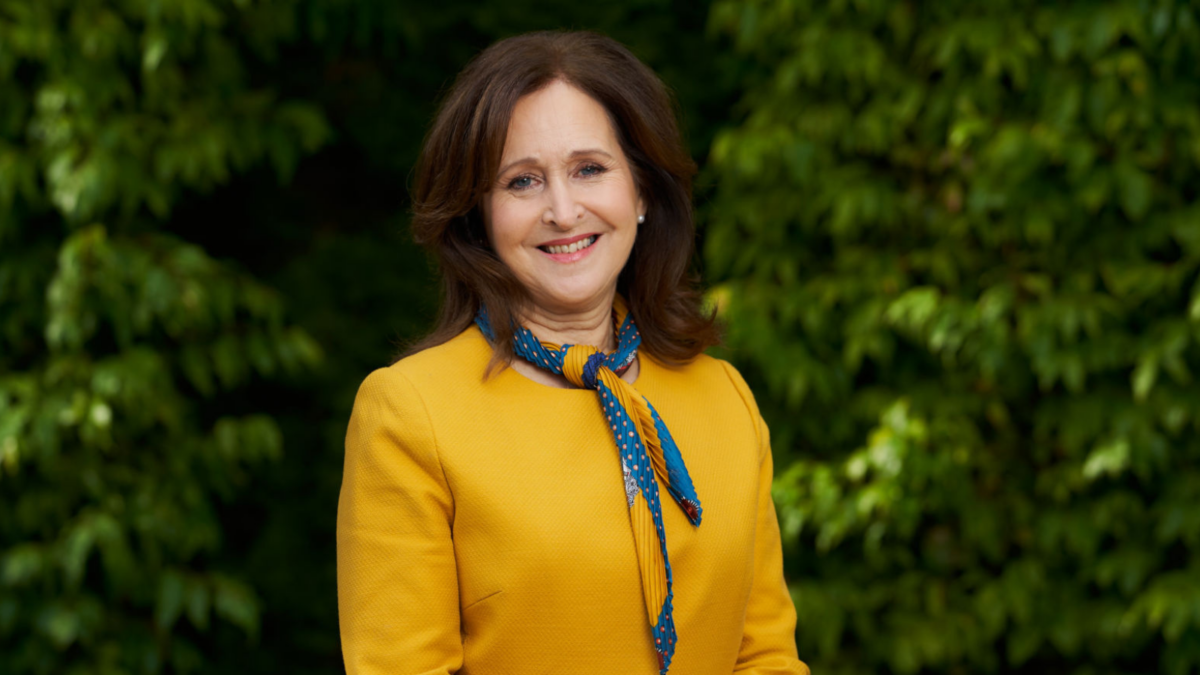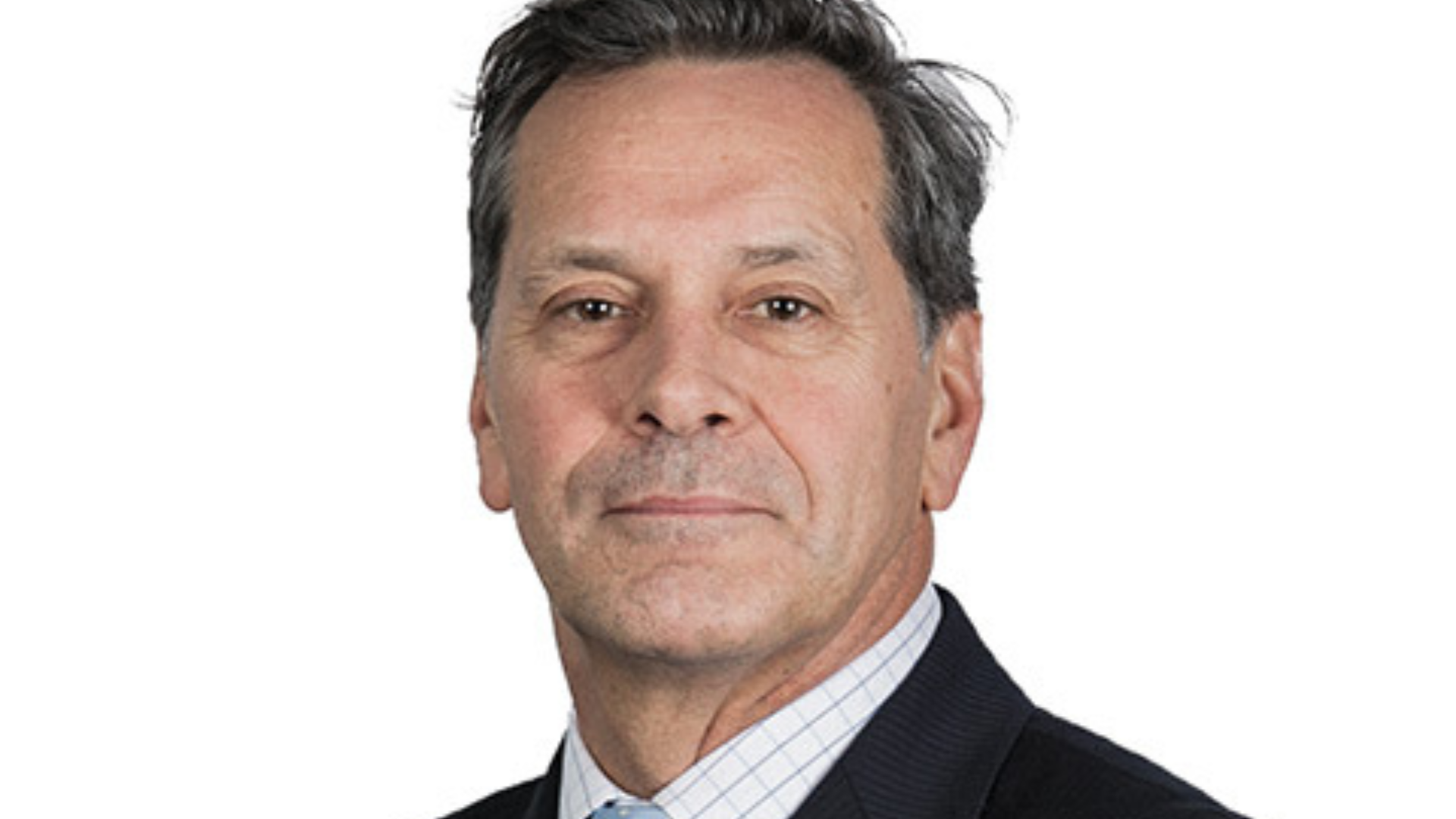Funds ring in the new year with robust (calendar) returns
The median balanced fund is expected to return around 9.6 per cent for calendar 2023, according to research house SuperRatings, propelled mostly by the massive rally in the domestic and international share markets towards the end of the year. But while SuperRatings chief Kirby Rappel called the result “pleasing”, he noted that it came in spite of a year where nearly half of monthly returns were negative.
“We saw a strong rebound this year following the negative return in 2022, highlighting the difficulty in timing markets and supporting our focus on long-term performance,” Rappel said. “The 2022 negative returns reminded members and super funds of the need to think about risk and despite the positive return story in 2023, the elevated levels of volatility over the year mean risk remains a key consideration when responding to market movements.”
Health worker super fund HESTA delivered a 10.46 per cent return for calendar 2023, with CEO Debby Blakey saying that the result indicates its investment portfolio is “well-positioned for years to come”.
“But challenging investment conditions lie ahead, especially as the real economy and so many of our members continue to feel the impacts from rising interest rates, high inflation and significant volatility,” Blakey said.
“Our focus is on staying agile so we can respond to market ups and downs. We’re poised to take advantage of any short-term volatility that may emerge. We’ve reduced our exposure to some risk assets while continuing to build liquidity that helps ensure we’re ready to take advantage of attractive long-term buying opportunities.”
Meanwhile, Rest returned 9.58 per cent for members in its default Core strategy, with returns of 11.58 per cent and 10.37 per cent in its high growth and sustainable growth options respectively. CIO Andrew Lill said the results were an “optimistic” conclusion to the year but noted that markets were still pricing a rapid return to the low inflation, low cash rate environment of the 2010s.
“That decade was highly unusual compared to the preceding 100 years. We’ve also seen past instances of inflation rebounding after signs of moderation,” Lill said.
“It’s likely we are heading into a period of higher structural inflation, as well as greater macroeconomic volatility, than we’ve experienced in recent times. We are focused on five megatrends impacting society and markets that, on balance, we expect to be inflationary. Investors will need to be very selective in this environment and we are focusing on assets that are well placed to benefit from these megatrends.”










